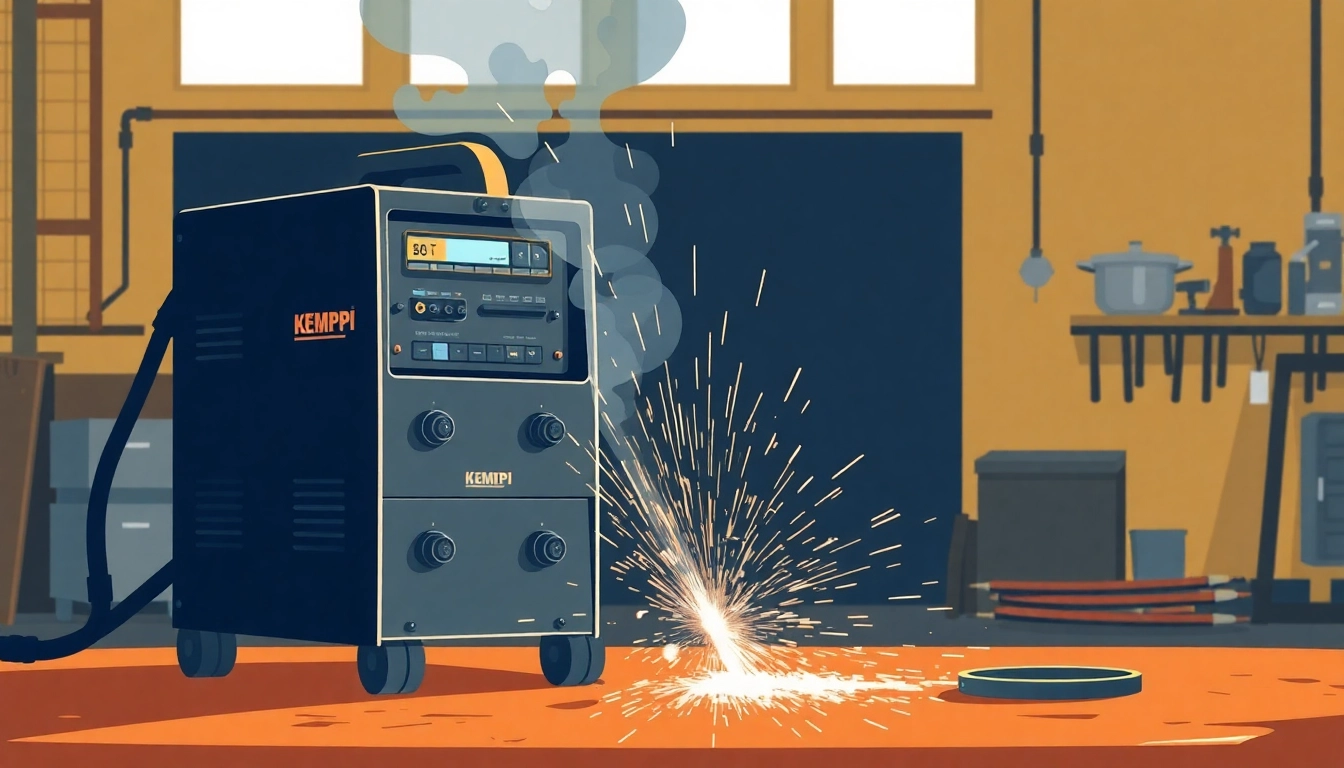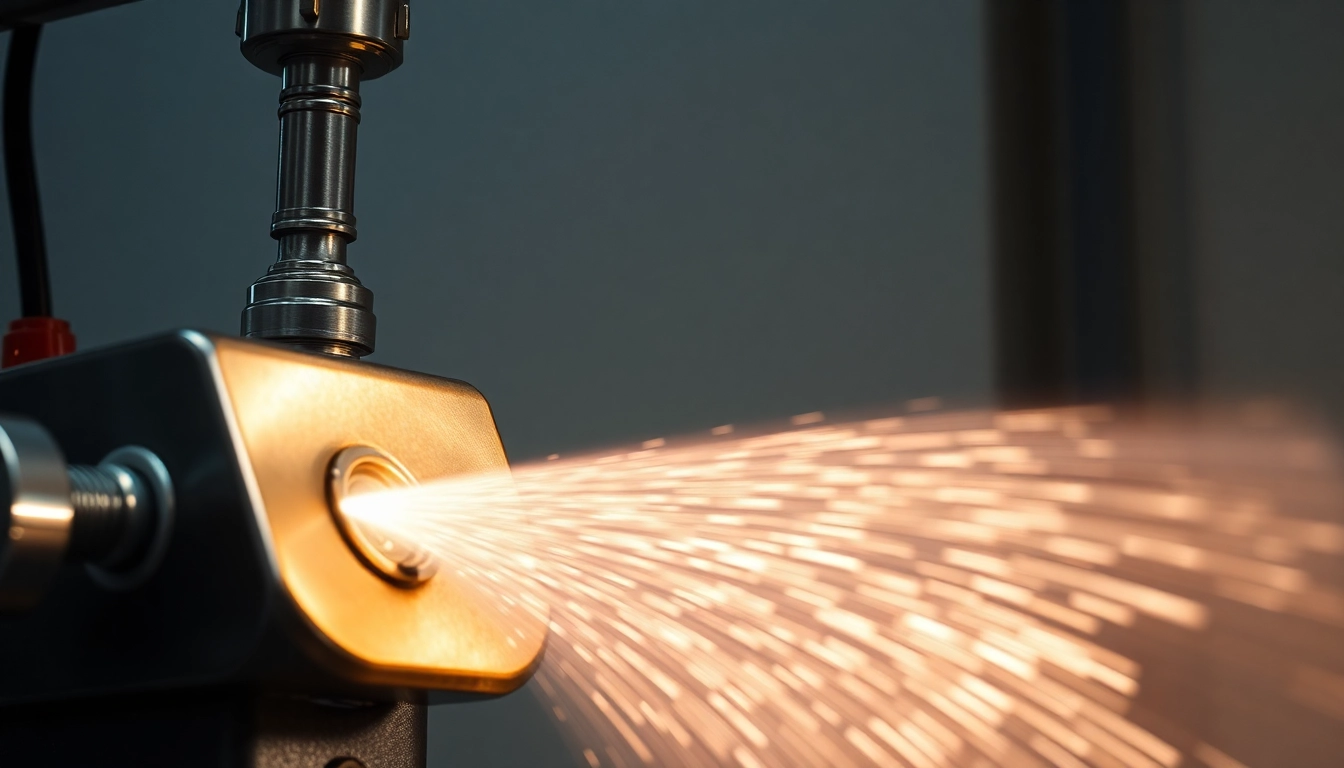The Basics of Epoxy Prepregs
What Are Epoxy Prepregs?
Epoxy prepregs are advanced composite materials consisting of reinforcing fibers that are pre-impregnated with a thermosetting epoxy resin. This composite material is designed for enhanced performance in various applications across multiple industries. What distinguishes epoxy prepregs from traditional composites is the fact that they are supplied in a semi-cured state, allowing for ease of handling, storage, and processing. The term “prepreg” is derived from “pre-impregnated,” indicating that the resin has been partially cured into the fiber before being laid up into the final product.
Typically, the fibers used in epoxy prepregs can include carbon fiber, fiberglass, aramid, or other advanced materials, depending on the desired properties of the final product. The unique combination of fibers and the epoxy resin creates composite materials that are lightweight yet strong, featuring excellent stiffness and durability. The use of epoxy prepregs is becoming increasingly popular due to their capacity for customization and versatility across various applications.
Key Components and Properties
The composition of epoxy prepregs includes several essential components that contribute to their performance characteristics:
- Fibers: Common fibers used in the manufacture of epoxy prepregs include carbon fiber and fiberglass, each providing unique strength and weight characteristics. Carbon fiber, for instance, offers exceptional strength-to-weight ratios, while fiberglass tends to be less expensive and still provides adequate performance for many applications.
- Epoxy Resin: The resin serves as the matrix for the composite, bonding the fibers together and providing structural integrity. Epoxy resins are known for their superior adhesion, thermal stability, and chemical resistance. The choice of epoxy formulations can be tailored to achieve specific mechanical and thermal properties.
- Additives: Various additives may be included to enhance performance. These can comprise accelerators to speed up curing times, toughening agents to improve impact resistance, and fillers to reduce costs without compromising performance.
The properties of epoxy prepregs can be adjusted based on the specific needs of an application. This includes factors such as curing temperature, glass transition temperature, and curing speed, making epoxy prepregs suitable for various manufacturing processes.
Manufacturing Process Overview
The production of epoxy prepregs involves a meticulously controlled process to ensure uniformity and quality throughout the material. This process generally follows a few key stages:
- Fabric Preparation: Reinforcing fibers like carbon or fiberglass are woven into fabrics or made into unidirectional tapes, depending on the required structure.
- Resin Impregnation: The prepared fibers are then impregnated with the liquid epoxy resin using techniques such as hot-melt or solvent-based processes. The aim is to achieve optimal resin content for effective bonding without excessive weight.
- Curing: The impregnated materials undergo a partial curing process which solidifies the resin enough to handle but leaves it still tacky. This tackiness is crucial for the subsequent layering and bonding of multiple layers in composite manufacture.
- Cooling and Storage: Once the epoxy prepregs are produced, they are typically cooled and may be refrigerated or frozen to prolong their shelf life until they are ready for use.
This manufacturing process ensures that the epoxy prepregs maintain consistent properties and can be efficiently used for high-performance composite applications.
Applications of Epoxy Prepregs
Aerospace Industry Uses
The aerospace industry is one of the largest consumers of epoxy prepregs, using them in the construction of aircraft structures, components, and even smaller parts like interior fittings. The lightweight nature of epoxy prepregs plays a crucial role in reducing fuel consumption and enhancing overall aircraft efficiency. Applications include:
- Structural Components: Epoxy prepregs are used in the making of wings, fuselage, and tail sections where strength-to-weight considerations are paramount.
- Aircraft Interiors: Seating, cabin structures, and other components are often made using epoxy prepregs for improved durability without adding excessive weight.
By utilizing epoxy prepregs, manufacturers can achieve complex geometries while maintaining high performance, making them ideal for innovative designs in the aerospace sector.
Automotive Sector Benefits
In the automotive industry, the application of epoxy prepregs is expanding rapidly, driven by the need for lightweight materials that improve fuel efficiency while meeting safety and performance standards. Examples of uses include:
- Body Panels and Structural Components: Composite components made from epoxy prepregs are utilized in body panels and frames, contributing to weight reduction and improved crash performance.
- Interior Components: Many automotive interiors benefit from epoxy prepregs in items such as dashboard panels and seats, where aesthetic appeal and durability are key.
The shift towards electric vehicles and advanced composites positions epoxy prepregs as a critical material in modern automotive design and manufacturing.
Innovations in Sports Equipment
Epoxy prepregs are widely adopted in the production of high-performance sporting goods, where the need for strength, weight reduction, and precision are crucial. Some key applications include:
- Racing Bicycles: Manufacturers often use epoxy prepregs to create lightweight frames and components that offer exceptional stiffness and responsiveness while reducing overall weight.
- Skis and Snowboards: Epoxy prepregs provide the necessary strength-to-weight ratio and can be tailored for specific flex characteristics, enhancing performance for athletes and enthusiasts alike.
With continuous developments in materials science, the potential for epoxy prepregs in sports equipment design remains significant, encouraging further innovation in this industry.
Advantages of Using Epoxy Prepregs
Enhanced Performance Metrics
One of the principal advantages of using epoxy prepregs is the enhanced performance metrics inherent in their design. These include:
- High Strength-to-Weight Ratio: Epoxy prepregs are extremely strong compared to their weight, making them an ideal choice for weight-sensitive applications.
- Superior Fatigue Resistance: The composite structures formed with epoxy prepregs exhibit excellent fatigue properties, allowing them to withstand repeated stress and strain without failure.
- Environmentally Resistant: Epoxy resins are typically resistant to moisture, chemicals, and high temperatures, extending the life and reliability of the products built with them.
These enhanced performance metrics make epoxy prepregs a compelling choice across various industries, enabling the development of products that outperform traditional materials.
Cost-Effectiveness in Production
Contrary to the perception that advanced materials are inevitably more expensive, epoxy prepregs can offer significant cost savings in the overall production cycle. Considerations include:
- Reduced Waste: Pre-impregnated materials can lead to more efficient use of materials, minimizing waste in comparison to traditional lamination methods.
- Faster Production Times: The ability to handle epoxy prepregs easily and their readiness for molding can expedite production processes, reducing labor costs.
- Lower Assembly Costs: Because prepregs are easier to conform to complex shapes, they can reduce the need for additional reinforcement or assembly processes.
With these advantages, epoxy prepregs can provide a compelling return on investment for businesses, especially when considering the lifecycle costs of products made with them.
Environmental Considerations
As industries aim to become more sustainable, the use of epoxy prepregs aligns well with environmental goals:
- Recyclability: Emerging technologies are making it possible to recycle epoxy-based composites, allowing for reduced waste and increased material longevity.
- Reduced Carbon Footprint: The lightweight nature of epoxy prepregs contributes to energy efficiency in transportation applications, thereby minimizing their overall carbon footprint.
- Compliance with Regulations: Many epoxy resins are designed to meet stringent environmental regulations without compromising performance, ensuring that companies can produce high-quality goods sustainably.
This shift towards responsible manufacturing practices not only protects the environment but also enhances the brand image of manufacturers committed to sustainable practices.
Challenges in Epoxy Prepreg Production
Common Manufacturing Issues
While the production of epoxy prepregs has many benefits, it is not without its challenges. Common issues that manufacturers may encounter include:
- Batch Consistency: Variability in batch production can impact the uniformity of material properties if not closely monitored.
- Handling of Prepregs: The physical handling of prepregs must be performed under specific conditions to prevent premature curing or contamination.
Addressing these challenges requires rigorous quality control strategies throughout the manufacturing process to ensure reproducibility and reliability.
Material Handling and Storage
Proper handling and storage protocols are crucial for maintaining the integrity of epoxy prepregs. Key considerations include:
- Temperature Control: Maintaining appropriate temperatures during storage is essential to prevent degradation of the resin.
- Humidity Control: Excessive moisture can compromise the properties of the resin, so humidity levels must be monitored.
Implementing these measures can help prevent costly material failures and ensure the best performance from epoxy prepregs.
Quality Control Practices
Quality control is vital to the success of epoxy prepreg applications. Manufacturers typically adopt the following practices:
- Regular Testing: Routine mechanical and thermal testing for material properties is essential to ensure compliance with specifications.
- Inspection Protocols: Implementing thorough inspection routines can help identify defects early in the production process.
By adhering to strict quality control methods, manufacturers can minimize the risk of defects in final products, enhancing their reliability and performance.
The Future of Epoxy Prepregs
Technological Advancements
The future of epoxy prepregs is increasingly intertwined with advancing technologies that promise improvements in material performance and processing methods. Innovations such as:
- Smart Materials: Research is progressing toward the development of epoxy prepregs that incorporate sensors or self-healing capabilities, expanding their utility in critical applications.
- Nano-materials: The integration of nano-fillers is expected to enhance the mechanical properties of epoxy prepregs further, resulting in even lighter and stronger composites.
These advancements suggest a bright future for epoxy prepregs across numerous sectors.
Market Trends and Projections
The market for epoxy prepregs is projected to grow significantly as industries increasingly adopt lightweight solutions. Key trends influencing this growth include:
- Increased Demand in Aerospace and Automotive: With a focus on improving fuel efficiency and reducing emissions, the demand for epoxy prepregs in these industries is expected to rise.
- Expansion in Sports and Leisure Goods: The growing popularity of high-performance sporting equipment will drive innovation and demand for epoxy prepregs.
These market trends indicate a shift towards adopting advanced composite materials, positioning epoxy prepregs at the forefront of material science.
Integration with Sustainable Practices
As environmental considerations become increasingly crucial, the integration of epoxy prepregs with sustainable practices will be paramount. Strategies might include:
- Developing Bio-based Resins: Researchers are exploring bio-based epoxies that could reduce reliance on petroleum-derived materials.
- Sustainable Manufacturing Processes: Adopting cleaner manufacturing techniques and recycling processes will further enhance the lifecycle sustainability of epoxy prepregs.
This integration represents not only a synthesis of technology and environmental stewardship but also a vital step in ensuring the longevity of the epoxy prepregs market in the coming years.



